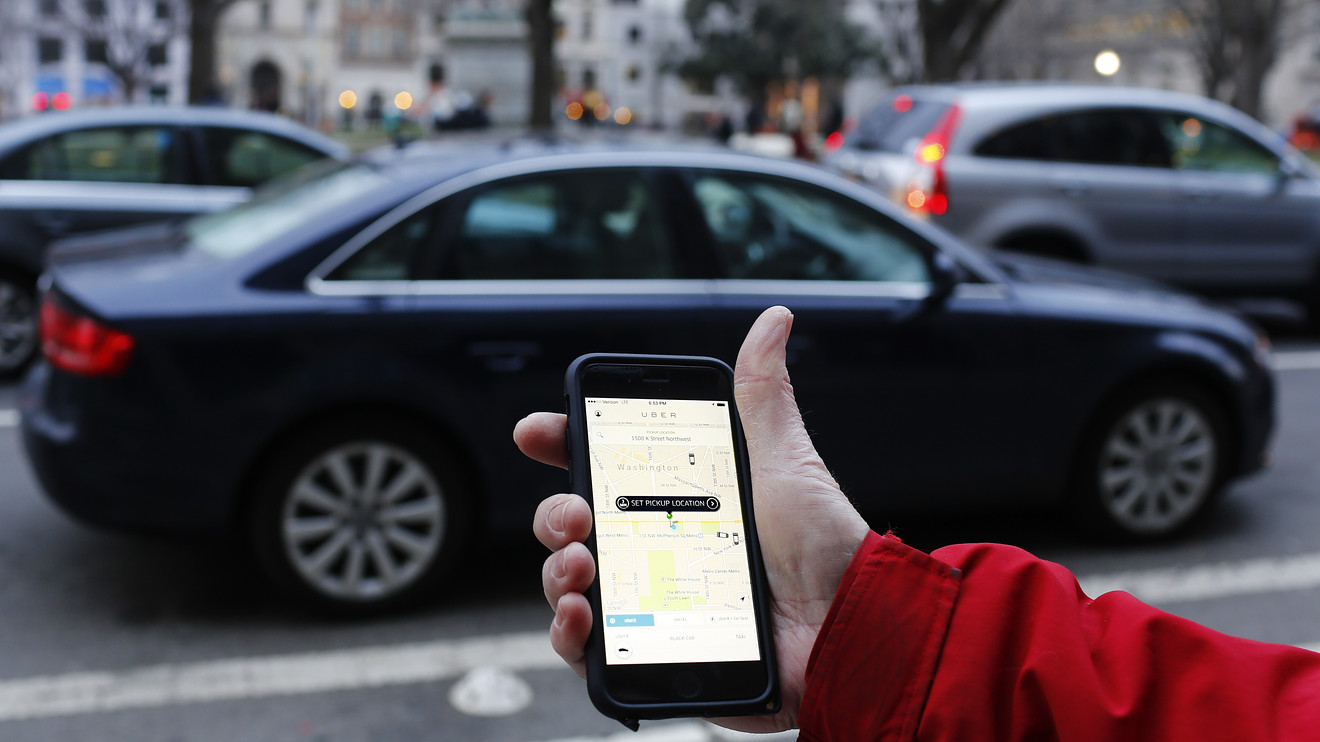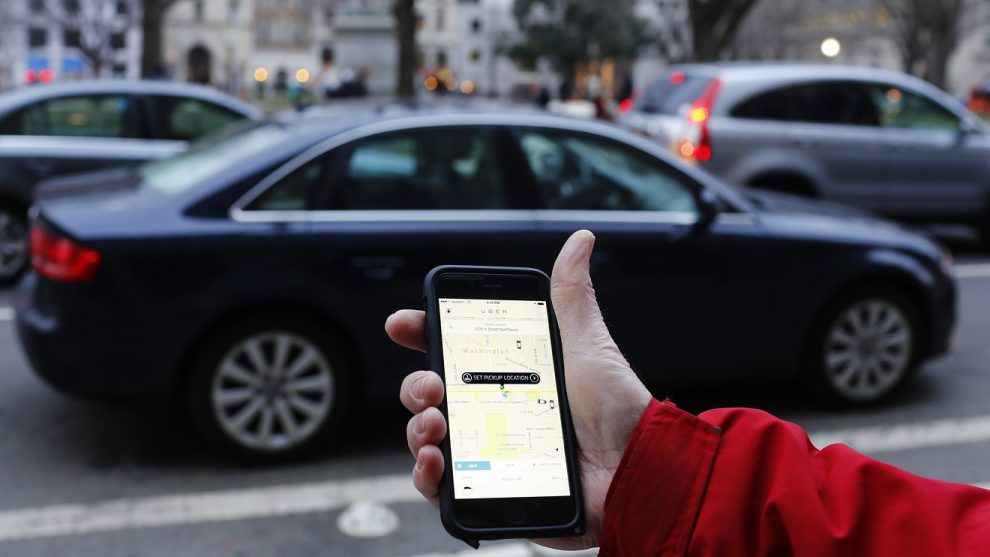
Uber Technologies dropped its offering prospectus late Thursday as it prepares for an initial public offering in May. The one number it hopes potential investors will notice is revenue growth, which was up 42% last year to $11.3 billion from $7.9 billion in 2017.
That’s probably enough for the growth-at-any-price crowd to hop in with Uber UBER, +0.00% . But investors chastened by the first-day surge and subsequent 20% plunge of chief ride-sharing rival Lyft’s LYFT, -1.83% stock will be particularly alert for red flags.
They won’t have to look hard, because at least four crimson banners are flying in plain sight:
1. Uber is losing money and probably won’t make any: When you ignore the funky metrics the company puts forward (“Adjusted” EBITDA? Core Platform Adjusted Net Revenue?), Uber had $3 billion in operating losses in 2018 and $10.1 billion over the last three. And the company warns it’s just getting started: “We anticipate that we will continue to incur losses in the near term as a result of expected substantial increases in our operating expenses” for new hires, discounts and incentives to gain or maintain market share, and investments in what the company itself calls “new and unproven” technology.
“We may not succeed in increasing our revenue sufficiently to offset these expenses,” the offering states. “We expect our operating expenses to increase significantly in the foreseeable future, and we may not achieve profitability.”
2. Growth is plateauing and Uber faces stiff competition in all its businesses: Quarter-over-quarter customer growth and gross bookings in Uber’s core-ride sharing business were in the single digits through much of 2018, while revenues in ride sharing actually fell by $1 million from the third to the fourth quarter. Meanwhile, Uber Eats, supposedly a big growth business, saw revenues decline by $26 million over the same period — probably the result of discounts and incentives.
“We face significant competition in each of the personal mobility, meal delivery, and logistics industries globally from existing, well-established, and low-cost alternatives,” the company wrote. “That greater competition… [may] have an adverse effect on, or otherwise harm, our business, financial condition, and operating results.” See Red Flag #1.
3. Uber will have a tough time raising money once it goes public: For years, Uber has had VCs’ billions subsidizing its uneconomic ride-sharing business. It’s the equivalent of Daddy Venture Bucks outfitting a whole taxi fleet with Ferraris. But as a public company, even its cash hoard of $6.4 billion and another $4.4 billion in working capital won’t last long once the VC money runs dry. It would take buckets of chutzpah to roll out a secondary offering any time soon, unless it’s to cash out some of the big shareholders, who always come first.
Uber already has outstanding debt of $7.5 billion, and it “may be required to use a substantial portion of our cash flows from operations to pay interest and principal on our indebtedness [which could] limit our ability to obtain additional financing, “the prospectus said. “Our existing debt instruments contain significant restrictions on our ability to incur additional secured indebtedness. We may not be able to obtain additional financing on favorable terms, if at all.”
4. An inexperienced management team faces a world of difficult challenges: Uber has still not recovered from the many reputational hits it took under co-founder Travis Kalanick. But even with the bad boy CEO gone, the company acknowledges that it’s vulnerable to future reputational damage in many forms, as well as knotty regulatory issues in key markets such as New York and San Francisco, plus legal and cultural barriers in the more than 63 countries in which it does business, and which account for three-quarters of all trips.
Uber also faces court battles over whether its drivers are independent contractors or employees, which could pose an existential challenge. “If, as a result of legislation or judicial decisions, we are required to classify drivers as employees (or as workers or quasi-employees …), we would incur significant additional expenses,” the prospectus said. “Any such reclassification would require us to fundamentally change our business model…” — and would cost a fortune.
If this weren’t enough, Uber’s big push into autonomous driving (which would presumably make the labor issue moot) pits it against very tough, well-capitalized competitors like Alphabet GOOGL, +1.09% , GM GM, +0.97% , Daimler AG DAI, +2.20% and Volkswagen’s VW, +1.50% Audi division in a fiendishly difficult technology that may require much more investment than Uber can now afford.
Navigating all this is a management team most of whom have been in their jobs from six months to less than two years. Dara Khosrowshahi is a seasoned CEO (he served in that role at Expedia Group EXPE, +0.96% for 12 years), and so far he has been a calming influence and steady hand.
But sorting through Uber’s complex problems may require the technological vision of a Steve Jobs and the diplomatic skills of a Henry Kissinger. Investors would be satisfied with a clear plan for profitability, which so far no one has provided.
Howard R. Gold is a MarketWatch columnist. Follow him on Twitter @howardrgold. He does not own Lyft or any of the other stocks mentioned and has no plans to buy shares of Uber.
Read: Uber IPO: 5 things you need to know
Also: Why Slack’s IPO will have more in common with Spotify than Uber or Lyft









